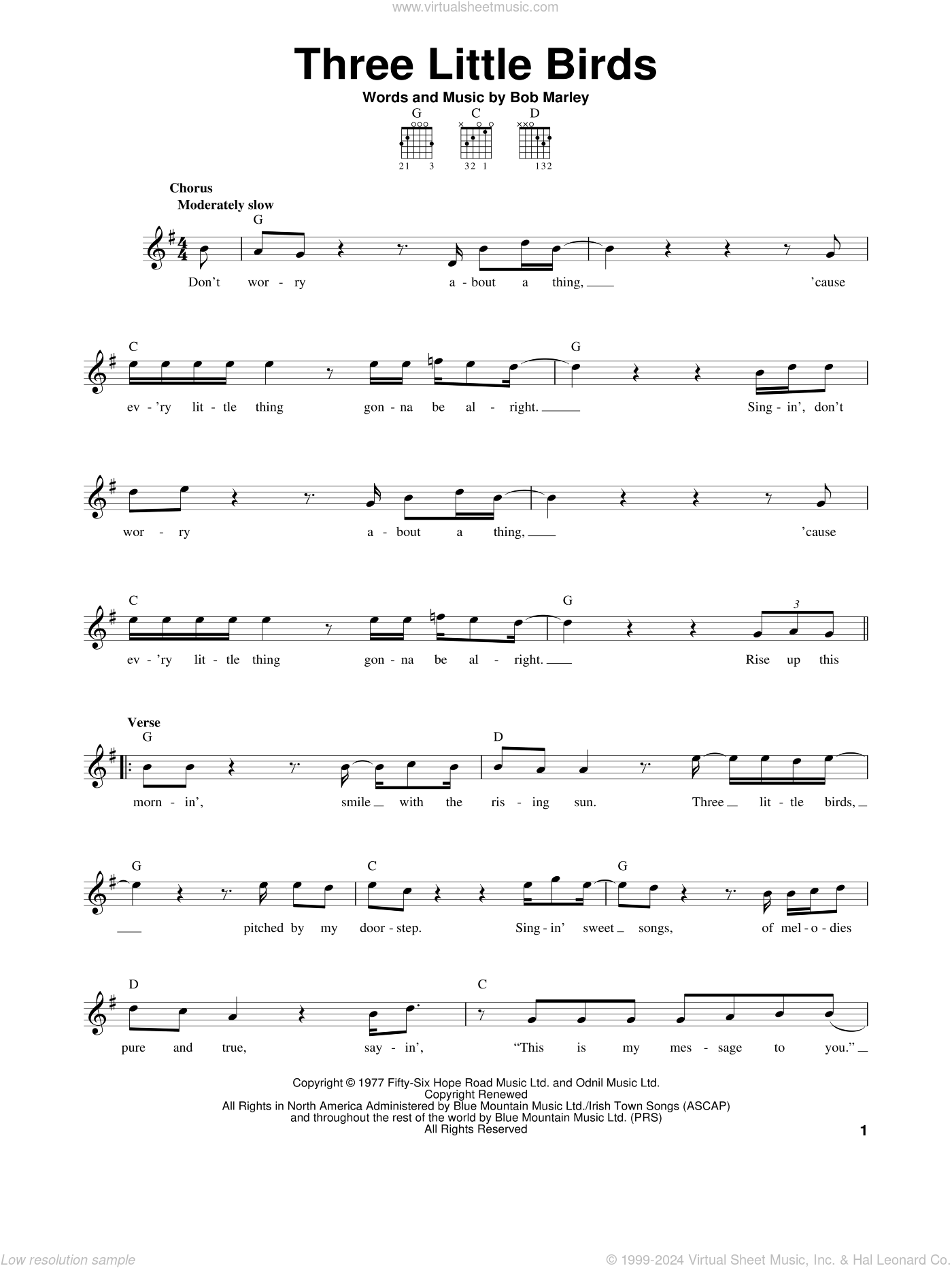

As a result, the whistles follow the melodies that are inherent in any spoken sentence. In some countries, particularly in Asia, the pitch of a single syllable in a word can change its meaning. It all depends on whether normal, everyday speech is “tonal”. Meyer has found that they typically rely on one of two strategies – both of which use changes in pitch create a kind of stripped-down skeleton of the spoken language. Yet for the uninitiated, it may seem impossible to imagine the ways that the rising and falling tones could convey meaning. Meyer has found that Southern China is still a hot spot for many diverse whistling communities among its ethnic minorities, including the Hmong and the Akha.Ĭlearly, whistled languages are not just the stuff of legend – but a vibrant method of communication for millions of people living today. Ancient Chinese texts record people whistling Taoist verses – a practice that was thought to send them into a kind of meditative reverie. The Australian army, meanwhile, recruited Wam speakers from Papua New Guinea to whistle messages across the radio so that they could confound Japanese eavesdroppers.Īnd let’s not forget that whistled speech is often used for less prosaic purposes, such as religion, romance and poetry – as the Hmong show so beautifully. Meyer says that the indigenous Berber populations (also known as the Amazigh) in the Atlas Mountains used whistles to pass messages during their resistance against the French. Perhaps unsurprisingly, these cryptic languages can also be a weapon of war.

They can also be useful at sea: the Inuit communities of the Bering Strait whistle commands to each other as they hunt for whales. And unlike regular speech, they tend not to scare the potential prey. “The whistles are good for fighting against reverberation,” says Meyer. Given that the whistles can travel much further than normal speech – as far as 8km (5 miles) in open conditions – they are most commonly found in mountains, where they help shepherds and farmers to pass messages down the valley.īut the sounds can also penetrate dense forests such as the Amazon, where hunters whistle to locate each other through the dense foliage. Indeed, Meyer has now identified whistled languages in every corner of the globe. We can’t know for sure which communities he was describing, but Meyer says that several whistled languages can still be heard in Ethiopia’s Omo Valley. “Their speech is like no other in the world: it is like the squeaking of bats,” he wrote. In the 5th Century BC, for instance, the Greek historian Herodotus described a group of cave-dwelling Ethiopians. The ancient history books offered a few pointers. Much of Meyer’s research has focused on charting their prevalence around the globe.


 0 kommentar(er)
0 kommentar(er)
